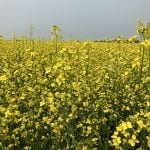
Tag Archives Cattle feeding
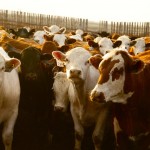
Beef industry travelling to a different drummer this year
After an extraordinary year in which all animal industry saw higher prices, beef stands alone in the continuation of lower production

Diversifying the small family farm
The best way to avoid pitfalls in new markets — seek the advice of successful sector counterparts
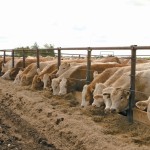
Keeping feed consistent key for cattle rumen health
Cattle — and microbes in their rumens — need a consistent supply of both dry matter and nutrients to improve performance and reduce digestive diseases

True North on the verge of official federal certification
At full capacity the plant will be able to kill 1,000 cattle per week
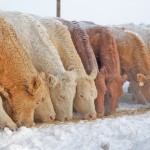
Properly processed feed wheat doesn’t cause tummy trouble
Researchers in Lethbridge swapped wheat for barley in a cattle ration without any negative effects — but the wheat must be properly processed
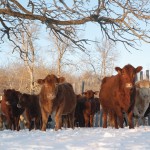
A new strategy for developing Canada’s beef sector
This strategy is about how we can work together to best position our industry to compete for a larger share of the world market and to become the high-quality beef product of choice in the world
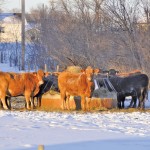
Beef leaders strive to drive industry forward
Goals include boosting production efficiency by 15 per cent and increasing carcass cut-out value by 15 per cent in just five years

Short hay this year? Try grain
MAFRD nutritionists have developed a feeding schedule to accommodate producers’ wallets during feed shortages
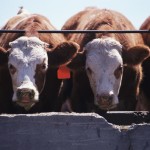
Label change opens door to relaunch of Zilmax
The weight gain product was pulled from the market in 2013 over concerns it caused lameness in cattle
Merck & Co. is taking steps to resume sales of its controversial cattle feed additive Zilmax by changing the way the drug is administered, hoping to recapture some market share in the beef industry, where the U.S. herd has the fewest animals in more than 60 years. The U.S. Food and Drug Administration has approved
Cattle producers have forage concerns after wet season
High nitrate levels in frost-stressed crops can be fatal for cattle

